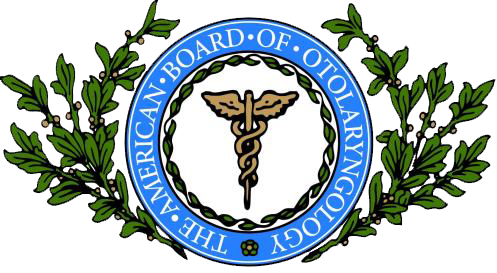
Perforated Eardrum – Ruptured Eardrum
Perforated Eardrum – Ruptured Eardrum – About
A ruptured eardrum is a hole or tear in the eardrum – it is also known as a perforated tympanic membrane A ruptured eardrum normally heals by itself within a few weeks but you should see your doctor as a ruptured eardrum can result in hearing loss and can lead to infections or injury to the delicate mechanisms of your middle ear. Occasionally a ruptured eardrum will require a procedure or surgical repair to heal.
Perforated Eardrum – Ruptured Eardrum – Diagnosis
Your family doctor or ENT specialist can often determine if you have a perforated eardrum with a visual inspection using a lighted instrument (otoscope). In most cases, if there is a hole or tear in the eardrum, the doctor will be able to see it.
He or she may conduct or order additional tests to determine the cause of the rupture or degree of damage. These tests include:
Laboratory tests. If there’s discharge from your ear, your doctor may order a laboratory test or culture to detect a bacterial infection of your middle ear.
Tuning fork evaluation. Tuning forks are two-pronged, metal instruments that produce sounds when struck. Simple tests with tuning forks can help your doctor detect hearing loss. A tuning fork evaluation may also reveal whether hearing loss is caused by damage to the vibrating parts of your middle ear (including your eardrum), damage to sensors or nerves of your inner ear, or damage to both.
Tympanometry. A tympanometer uses a device inserted into your ear canal that measures the response of your eardrum to slight changes in air pressure. Certain patterns of response can indicate a perforated eardrum.
Audiology exam. If other hearing tests are inconclusive, your doctor may order an audiology exam, a series of strictly calibrated tests that measure how well you hear sounds at different volumes and pitches.
Most hearing loss due to a ruptured eardrum is temporary. Normal hearing returns usually after the eardrum heals.
Perforated Eardrum – Ruptured Eardrum – Treatment
Typically, no specific treatment is needed for a ruptured eardrum; the vast majority of ruptured eardrums heal within three months. Your doctor may prescribe an antibiotic — either oral or in the form of eardrops — to prevent an ear infection or treat an existing infection. If the ruptured eardrum is causing you pain, the doctor may recommend using an over-the-counter pain medication.
If the tear or hole in your eardrum doesn’t heal by itself, treatment will involve procedures to close the perforation. These may include:
Eardrum patch. If the tear or hole in your eardrum doesn’t close on its own, an ENT specialist may seal it with a patch. With this office procedure, your ENT may apply a chemical to the edges of the tear to stimulate growth and then apply a patch over the hole. The procedure may need to be repeated more than once before the hole closes.
Surgery. If a patch doesn’t result in proper healing or your ENT determines that the tear isn’t likely to heal with a patch, he or she may recommend surgery. The most common surgical procedure is called tympanoplasty. Your surgeon grafts a tiny patch of your own tissue to close the hole in the eardrum. The procedure usually takes a couple of hours. Surgery is most commonly used for large perforations, for perforations that involve the edges of the eardrum, or for ruptured eardrums caused by an ear infection.
Conditions Treated
Follow us


Your Health Starts Here
"*" indicates required fields
